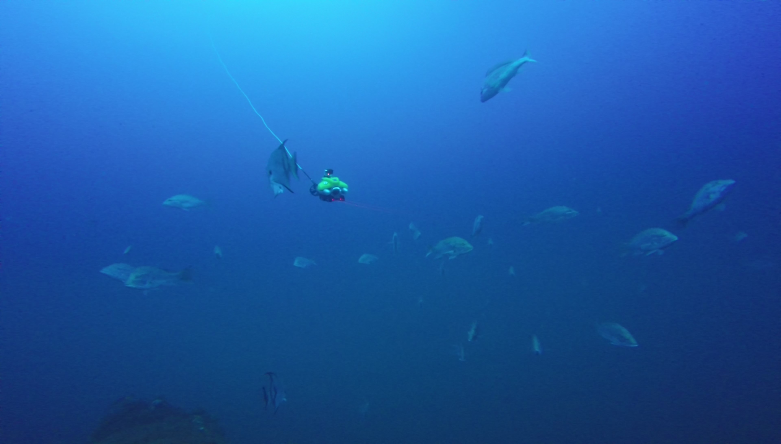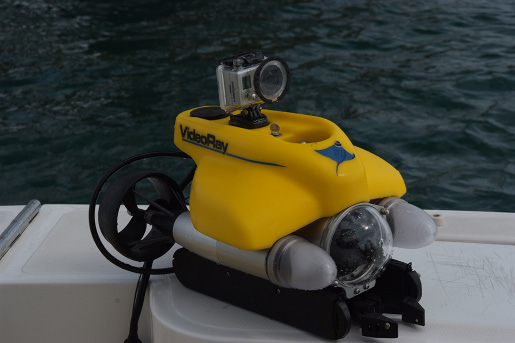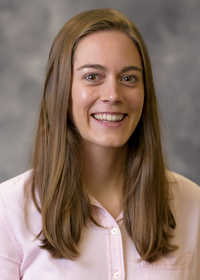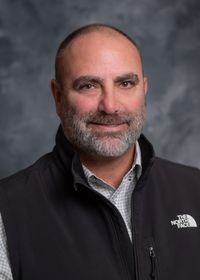The Great Red Snapper Count: Direct Visual Counts
This publication describes the direct visual counts phase of the Great Red Snapper Count, which is a 2-year research project to estimate the abundance of red snapper in the U.S. Gulf of Mexico.

Where will scientists count red snapper?
Counts will be performed across the U.S. Gulf of Mexico at various habitat types. For more details, see our Habitat Classification video and MSU Extension Publication 3282 The Great Red Snapper Count: Habitat Classification.
What types of equipment will scientists use onboard research vessels?
- Scientists will use two types of camera equipment: remotely operated vehicles (ROVs) and towed cameras.
- An ROV is deployed from a stationary vessel and driven by an operator in a specific pattern, much like the operation of a remote-controlled car.
- A towed camera is pulled behind a research vessel at a constant speed and altitude above the seafloor, along a predetermined path.
- Both camera types will record video footage to be analyzed later.


Why do scientists need to use two different types of equipment?
- ROVs are best for surveying discrete artificial and natural habitats.
- Towed cameras are best for surveying large expanses of sand and mud bottom.
How will scientists collect fish count data from the video footage?
- The videos from the two types of cameras will be transferred to laboratory computers and analyzed.
- First, scientists will count the number of red snapper in each ROV and towed camera video.
- Then, these counts will be converted to density estimates, which will yield abundance estimates.
- In areas with poor visibility or very large structures, bioacoustic sonar (imagine a “fish finder”) will be used with ROV surveys to confirm red snapper abundance estimates.
This independent study is being conducted by a leading team of red snapper scientists from across the Gulf of Mexico and beyond:

This publication was supported by the U.S. Department of Commerce’s National Oceanic and Atmospheric Administration under NOAA Award NA16OAR4170181, the Mississippi -Alabama Sea Grant Consortium, and the Mississippi State University Extension Service. The views expressed herein do not necessarily reflect the views of any of these organizations.
Publication 3283 (POD-10-18)
MASGP-18-019-03
By Amanda E. Jefferson, Extension Associate, and J. Marcus Drymon, PhD, Assistant Extension Professor, Coastal Research and Extension Center.
Produced by Agricultural Communications.
Mississippi State University is an equal opportunity institution. Discrimination in university employment, programs, or activities based on race, color, ethnicity, sex, pregnancy, religion, national origin, disability, age, sexual orientation, genetic information, status as a U.S. veteran, or any other status protected by applicable law is prohibited. Questions about equal opportunity programs or compliance should be directed to the Office of Compliance and Integrity, 56 Morgan Avenue, P.O. 6044, Mississippi State, MS 39762, (662) 325-5839.
Extension Service of Mississippi State University, cooperating with U.S. Department of Agriculture. Published in furtherance of Acts of Congress, May 8 and June 30, 1914. GARY B. JACKSON, Director
The Mississippi State University Extension Service is working to ensure all web content is accessible to all users. If you need assistance accessing any of our content, please email the webteam or call 662-325-2262.





